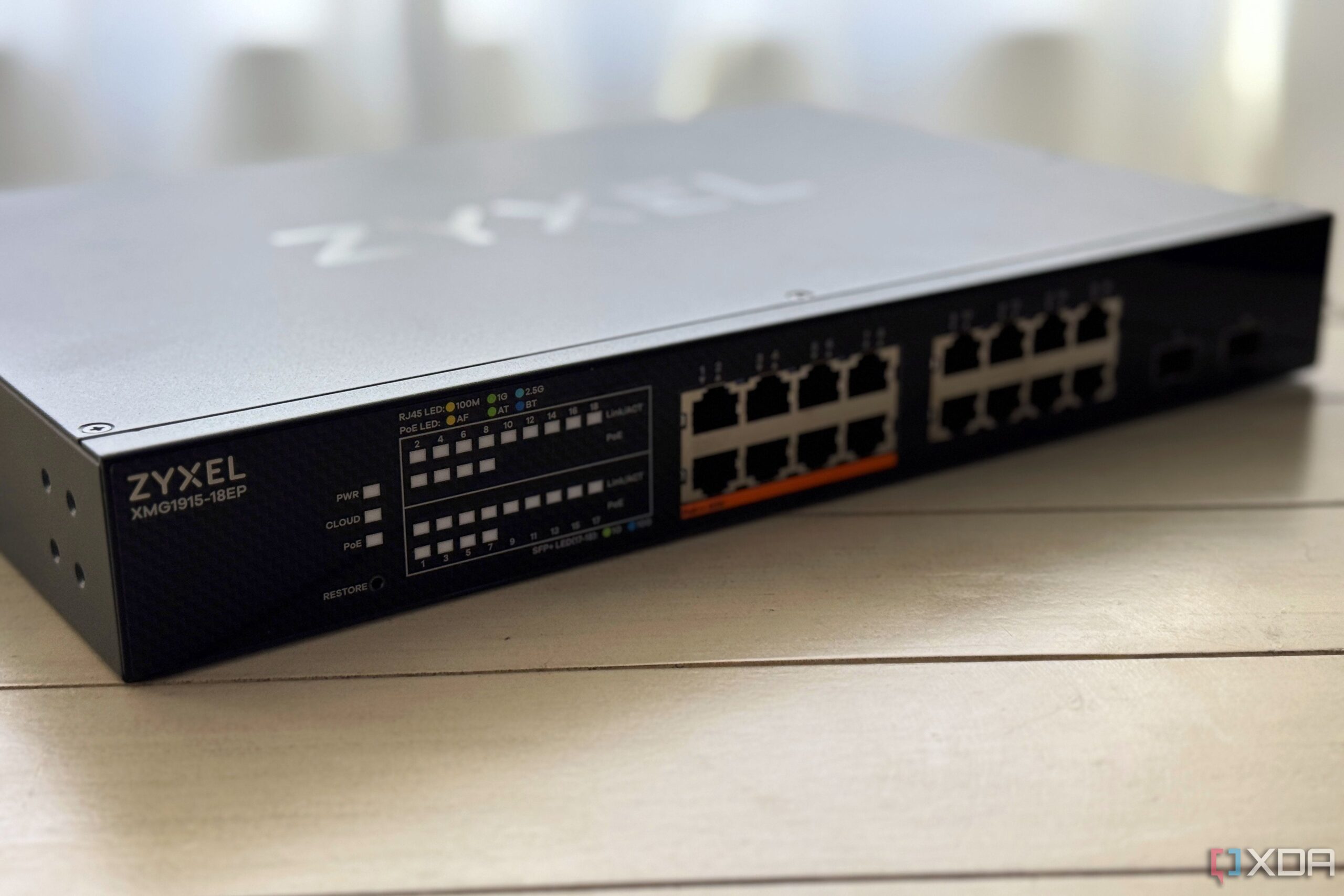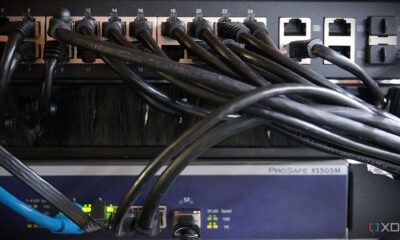Technology
Choose the Right Cable for Your PoE Network: Safety First

Switching to Power-over-Ethernet (PoE) for your smart home can enhance connectivity and simplify installation. However, a critical aspect often overlooked is the type of cabling used. When setting up a PoE network, it is essential to understand the differences between pure copper cabling and copper-clad aluminum (CCA) cables. The latter poses significant safety risks and may not meet legal standards for electrical installations.
Understanding the Risks of Copper-Clad Aluminum Cables
The choice of cabling affects not just performance but also safety. Pure copper cables are designed to meet electrical standards and are the preferred option for transmitting both data and power. In contrast, CCA cables lack the necessary specifications, making them a potential fire hazard. According to the Institute of Electrical and Electronics Engineers (IEEE), the rise in PoE power levels—from 15.4W and 30W to up to 95W—has increased the likelihood of overheating, particularly with CCA cables, which have 55% more electrical resistance than their pure copper counterparts.
Cabling that does not meet modern safety standards can lead to serious consequences, including overheating, fires, and the release of toxic smoke. Many buildings prohibit the use of CCA cables due to these risks.
Investing in Quality for Long-Term Safety
When planning a wired network throughout your home, costs can accumulate quickly. Expenses for cabling, connectors, tools, and installation can lead to temptation to cut corners. However, investing in quality cabling is crucial. The cables serve as the backbone of your network, enabling data transfer and power delivery to devices such as access points, IP cameras, and lighting.
Using inferior cabling can result in significant long-term costs. If a network malfunctions due to poor-quality cables, the expense of pulling and replacing them can be substantial. The initial savings from choosing cheaper cabling can quickly vanish when faced with troubleshooting and repairs.
It’s vital to recognize that not all cables labeled as “Category” cables are created equal. The price can be a telling factor; pure copper cabling typically has a stable market price. If a deal seems too good to be true, it likely is. Bargain cables may be counterfeit, could contain a thin layer of copper over an aluminum core, or may use non-fire-resistant plastic sheathing.
In addition to performance issues, using CCA cables can lead to data transmission errors. An imbalance in heating due to resistance differences can disrupt the data signals, causing errors and downtime.
To ensure a safe and reliable network, it is advisable to choose high-quality, pure copper cabling. This choice not only aligns with safety standards set forth by the National Electrical Code, Underwriters Laboratories (UL), and Telecommunications Industry Association (TIA), but also protects your home and investment.
In summary, while transitioning to a PoE network can offer significant benefits, the quality of cabling used is paramount. Prioritizing safety and reliability will lead to a more efficient and long-lasting network. Avoid copper-clad aluminum cables at all costs, as they can jeopardize both performance and safety in your home.
-

 Technology5 months ago
Technology5 months agoDiscover the Top 10 Calorie Counting Apps of 2025
-

 Health2 months ago
Health2 months agoBella Hadid Shares Health Update After Treatment for Lyme Disease
-

 Health3 months ago
Health3 months agoErin Bates Shares Recovery Update Following Sepsis Complications
-

 Technology4 months ago
Technology4 months agoDiscover How to Reverse Image Search Using ChatGPT Effortlessly
-

 Technology1 month ago
Technology1 month agoDiscover 2025’s Top GPUs for Exceptional 4K Gaming Performance
-

 Technology2 months ago
Technology2 months agoElectric Moto Influencer Surronster Arrested in Tijuana
-

 Technology5 months ago
Technology5 months agoMeta Initiates $60B AI Data Center Expansion, Starting in Ohio
-

 Technology5 months ago
Technology5 months agoRecovering a Suspended TikTok Account: A Step-by-Step Guide
-

 Health4 months ago
Health4 months agoTested: Rab Firewall Mountain Jacket Survives Harsh Conditions
-

 Lifestyle5 months ago
Lifestyle5 months agoBelton Family Reunites After Daughter Survives Hill Country Floods
-

 Technology4 months ago
Technology4 months agoHarmonic Launches AI Chatbot App to Transform Mathematical Reasoning
-

 Technology3 months ago
Technology3 months agoUncovering the Top Five Most Challenging Motorcycles to Ride











